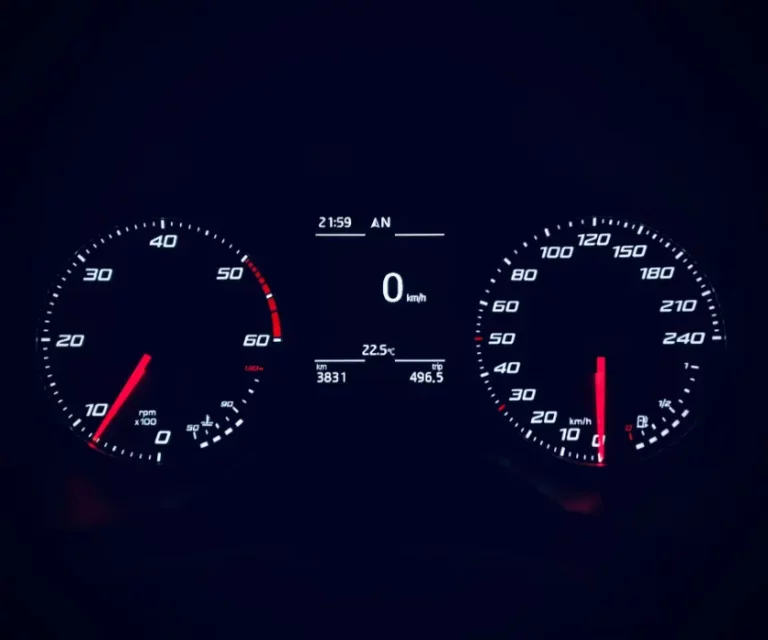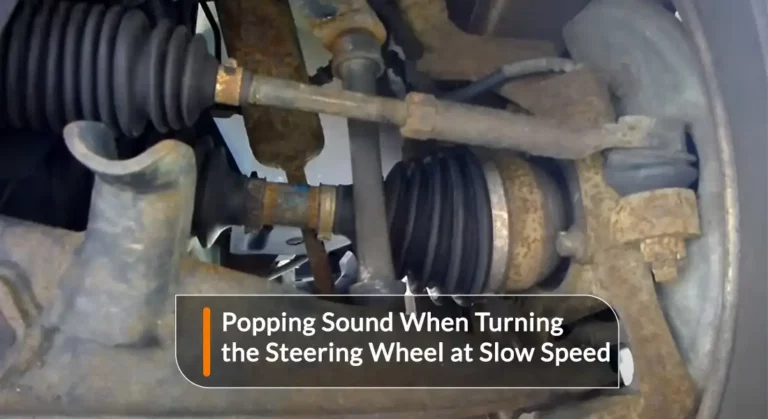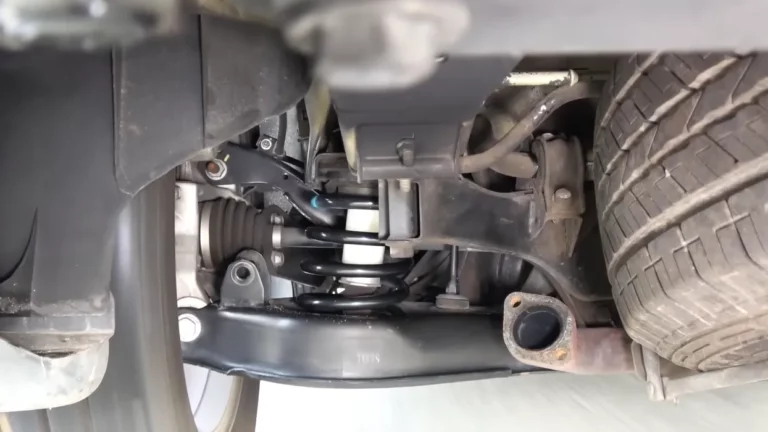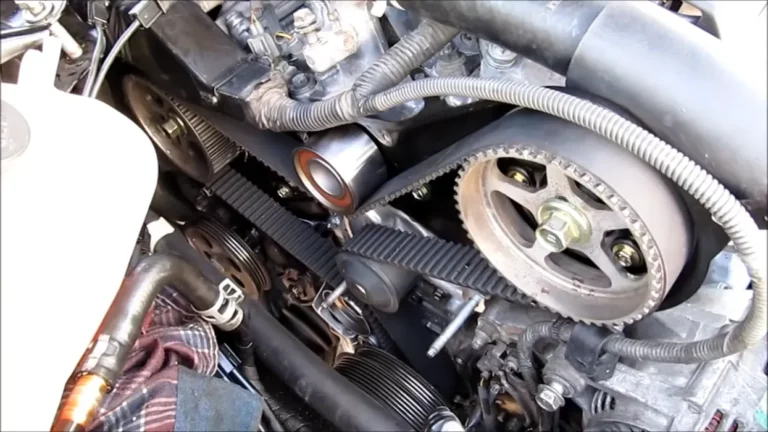Does the Radiator of a Car Pull Coolant from the Reservoir?
The radiator keeps the engine at the ideal temperature. Drivers frequently have inquiries concerning the system’s coolant circulation. One is that coolant is drawn directly from the reservoir by the radiator to control engine temperature.
While the coolant reservoir and radiator cooperate to keep the engine at a constant temperature, their functions are different yet related. However, will radiator pull coolant from reservoir?
The radiator and the coolant reservoir will be discussed in this article. The question will be answered and the radiator’s true operation will be clarified in this article.
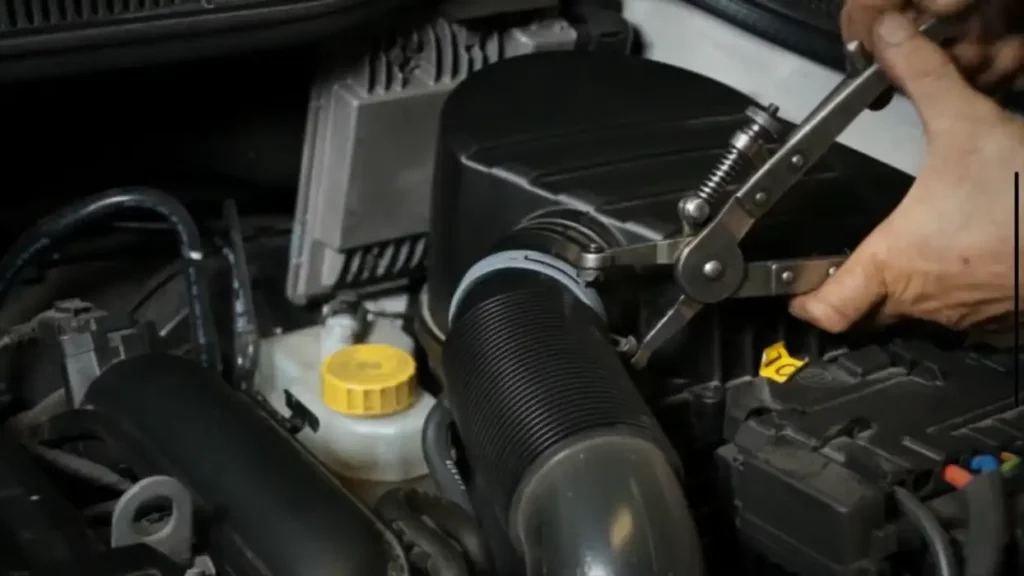
Will Radiator Pull Coolant From Reservoir?
Coolant is not drawn directly from the reservoir by the radiator. Instead, the engine itself serves as the radiator’s main supply of coolant.
The water jacket of the engine draws coolant for the radiator. It picks up heat from the cylinders and other parts of the engine there.
The reservoir is not the only source of the coolant. However, the reservoir works as an additional coolant storage and recovery device for the entire cooling system.
How Does the Radiator Work with Antifreeze and Water?
The radiator collaborates with a solution of antifreeze and water to effectively control the engine’s temperature. The radiator and coolant mixture interact as follows:
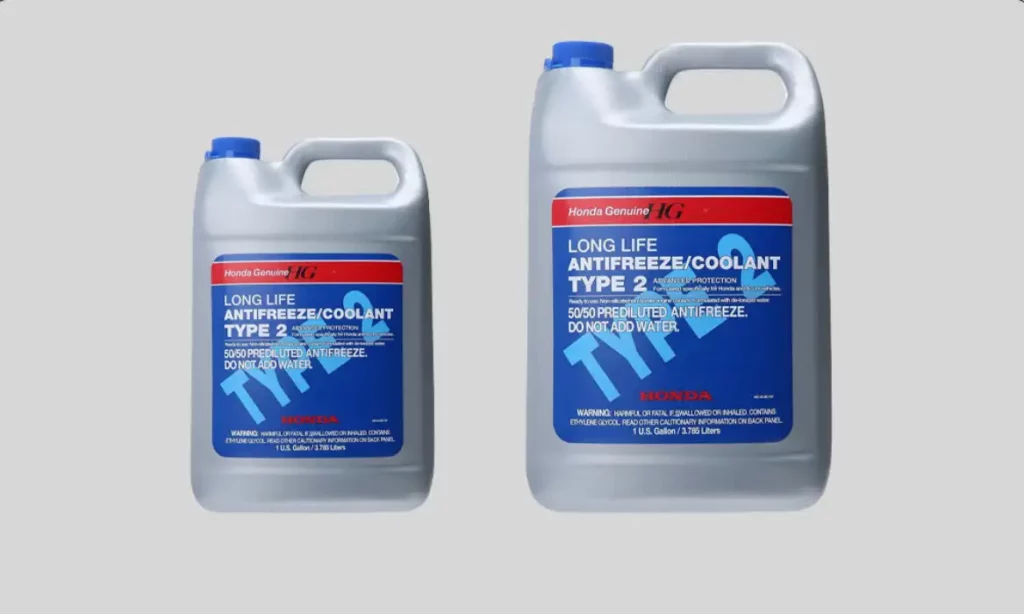
Coolant Mixture:
Antifreeze (ethylene glycol or propylene glycol) and water are generally combined to make the coolant mixture.
The antifreeze has a number of uses. It protects the engine from corrosion by lowering the coolant’s freezing point and raising its boiling point.
Heat Transfer:
The coolant heats up as a result of absorbing heat from the engine. The radiator is reached after the hot coolant passes through the engine.
Radiator’s Structure:
The radiator is constructed up of a network of tiny tubes, most frequently consisting of copper or aluminum. It is connected to them via tiny fins.
The surface area that may be used to dissipate heat is increased by these tubes and fins.
Airflow:
Hot coolant is forced through the radiator tubes by airflow. As a result, either the vehicle’s forward motion or a fan directs air across the fins. The heated coolant’s heat is transferred to the surrounding air by this airflow.
Cooling Process:
The heated coolant goes through a cooling process as the colder air traveling through the radiator absorbs heat from it. The effective heat dissipation is aided by the increased surface area and airflow.
Returning to Engine:
After the coolant has finished cooling in the radiator, it goes back to the engine to continue the cycle.
It does this by absorbing additional heat. The engine’s temperature is regulated by the cooled coolant, preventing overheating.
Role of Antifreeze:
The antifreeze in the coolant mixture has a number of advantages. It reduces the coolant’s freezing point, avoiding solidification in subfreezing conditions. The boiling point is also raised.
Thus, it enables the coolant to survive high engine temperatures without vaporizing. Additionally, the antifreeze contains chemicals that lessen the formation of scale in the cooling system and assist in preventing corrosion.
Read Also: Radiator Keeps Pushing Water Out – [Reasons & Fixes!]
How Does the Coolant Flow Within the Car?
Will radiator pull coolant from reservoir? There is a broad system of the circulation of the coolant. Let’s examine the coolant flow in a car’s cooling system in more detail:
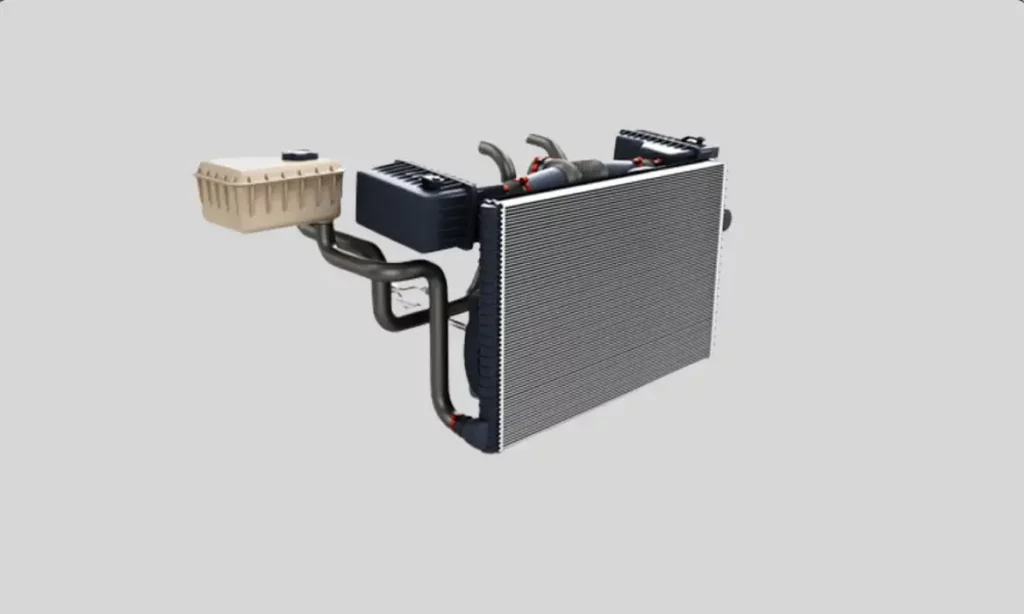
1. Circulation of the Coolant
The closed-loop cooling system of the engine is intended to circulate coolant in order to control engine temperature.
In order to avoid overheating, the coolant absorbs heat produced by the engine and transports it elsewhere. A water pump helps to enhance this circulation.
2. Direction of the Coolant
The coolant travels via ducts inside the engine, soaking up heat produced by combustion. It then moves on to the cylinder heads of the engine, where it continues to absorb heat.
The coolant then moves into the water jacket of the engine, enveloping the cylinders and other heat-producing parts.
3. Function of the Thermostat
The coolant absorbs heat and eventually reaches the thermostat’s specified temperature. The thermostat regulates the flow of coolant by acting as a valve.
The thermostat is always closed when the engine is cold. Bypassing the radiator, it sends the coolant flow through a different channel.
4. Role of the Radiator
The thermostat opens when the engine reaches the ideal operating temperature, which is the function of the radiator. As a result, coolant can go through the radiator.
Heat is transferred from the coolant to the surrounding air with the help of the radiator. It is made up of multiple tubes and fins.
The coolant dissipates heat, cools, and becomes ready to circulate inside the engine as it moves through the radiator.
5. Coolant Reservoir
The overflow tank or expansion tank are other names for the coolant reservoir. It functions as an additional coolant storage and recovery vessel.
As a result of temperature variations, it offers a good place for coolant expansion. It also serves as a reservoir to replace any coolant that has been lost from the system as a result of evaporation or small leaks.
Excess coolant is taken from the reservoir into the radiator as needed when the engine cools.
Related Post: Top Radiator Hose Hot Bottom Cold [Reasons + Fixes!]
Frequently Asked Questions [FAQs]
How can I determine the amount of coolant in my radiator?
Locate the radiator cap or coolant reservoir after allowing the engine to cool. The radiator neck or reservoir minimum and maximum indications on the coolant level should be met.
Can I put water in the radiator instead of coolant?
Water can be used as a temporary fix, but it lacks the qualities of a coolant (such protecting against freezing points and preventing corrosion). So, it is not advised for long-term usage.
Why is coolant leaking from my radiator?
A broken hose, a fractured radiator tank, or bad gaskets are a few causes of a leaky radiator. Radiator leaks must be fixed right away to stop coolant loss and subsequent engine damage.
Can I fill the radiator directly with coolant?
You may add coolant straight to the radiator if your car has a radiator cap. However, it is safer to add coolant to the appropriate reservoir in automobiles with a pressurized coolant system.

